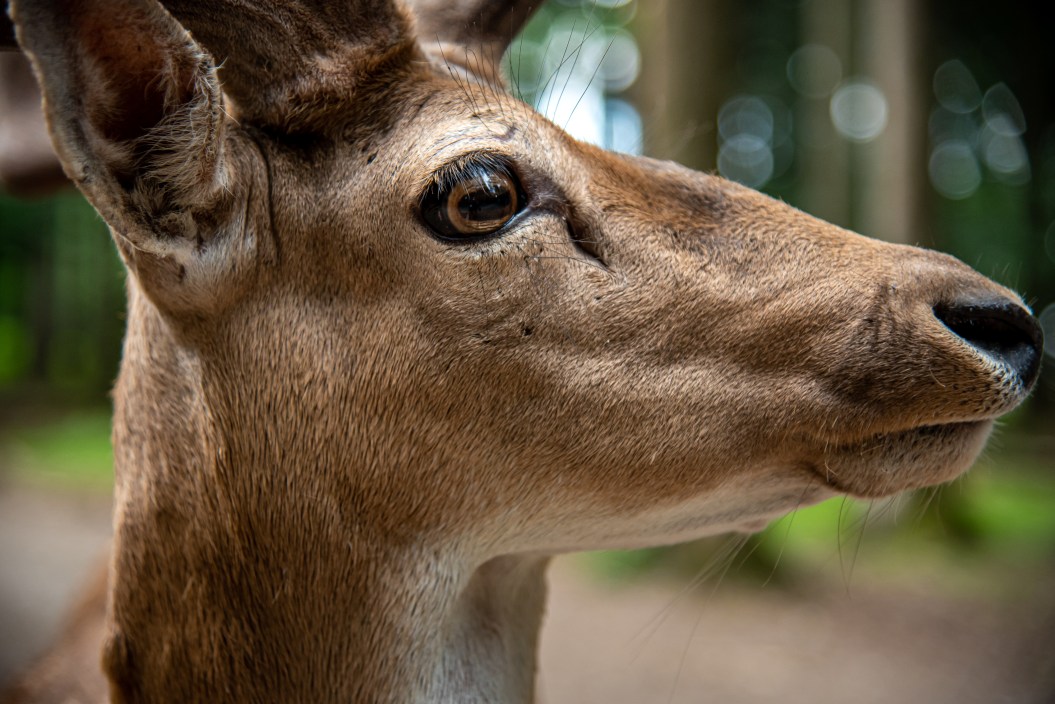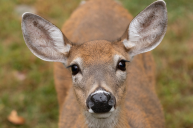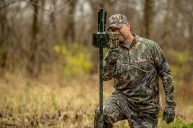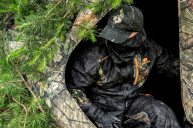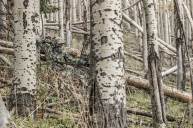Like all wild animals, deer are biologically designed to be aware of their surroundings. Their keen sense of smell can detect trace amounts of human activity and their intuition often alerts them of nearby threats. Many hunters know a lot of deer facts, including that one of deer's greatest defenses is their nose, but what role does their vision play?
How Deer See the World
Deer's eyes provide 300- to 310-degree views of their surroundings, thanks to being positioned on the sides of their heads. Their only blind spot is that 50- to 60-degree area directly behind them. What's more, their eyesight is sharp; they can detect slight movements from significant distances.
For this and many other reasons, Dr. Bradley Cohen, the lead researcher in of a 2014 University of Georgia study on deer vision, describes whitetails as an "anti-predation machines."
How Deer See Color
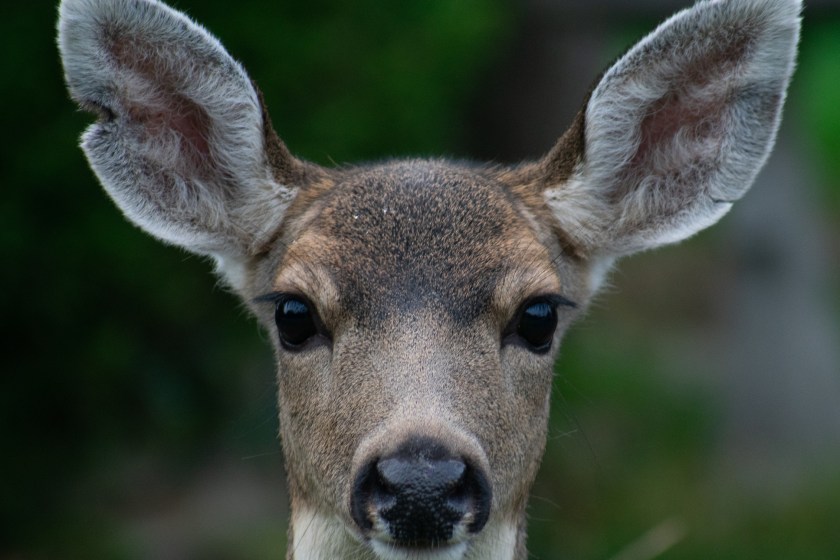
Getty Images, Ben Wehrman
Ungulates, i.e., hoofed animals such as deer, sheep, moose, and elk, have eyesight that's evolved slowly through the years like most common prey animals. All ungulates, including deer, are dichromatic, which means they only see the blue and green color spectrum, unlike humans, who see blue, green, and red. This is due to smaller concentration of cone cells within their eyes.
In his research, Cohen discovered that while deer can pick up the blue spectrum very well, their eyes don't pick up on specific details very well. This created a dramatic shift for many camo companies, which prior to that spent lots of time on "sticks and leaves" patterns with tons of fine detail. But the vision research showed that nature mimicry isn't as important as just breaking up your pattern. It seems those old patterns may have been designed more for hunters than the deer!
Once this became understood, the camo industry shifted. More and more companies switched to digital camo patterns, designed to break up your silhouette, so the hunter just melds into all the background brush. Essentially there is a macro and micro science to camouflage. The macro patterns of camo should break up your silhouette, and if you're spotted, the micro patterns should make you seem less predator-like.
Additionally, scientists have found deer do not have UV light filters in their eyes like humans do. That means deer eyes can pick up on ultraviolet light that human vision simply cannot detect. Why does this matter? Many clothing companies typically use UV brighteners in their fabrics, including those who manufacture camo—a practice that halted once they realized it made the camo light up like a Christmas tree in a whitetail's eyes.
How Deer's Eyes Detect Movement
While deer lack a high concentration of cone cells in their eyes, they make up for it with how dense their rod cells are in their retina. In case you've forgotten middle-school science, cones are responsible for detecting color in daylight. Rods are light-sensitive and affect visual acuity in the dark. Studies show that rods are over a thousand times more sensitive than cones.
These rods act as fantastic motion sensors for deer, alerting them to even the slightest amount of movement. Every bowhunter knows the pain of trying to remain undetected while reaching for the bow. And due to this intense sensitivity to movement, taking your time getting into the treestand is crucial. f you've ever had a deer start blowing at you in low light or even pitch blackness and wondered how on earth it saw you, it's because of the rods in its eyes. Take a few steps and wait. It could take you up to 30 minutes to walk to a treestand that's only 100 yards away. That may seem like an overkill, but it illustrates just how great deer are at spotting movement.
How Deer See Blaze Orange
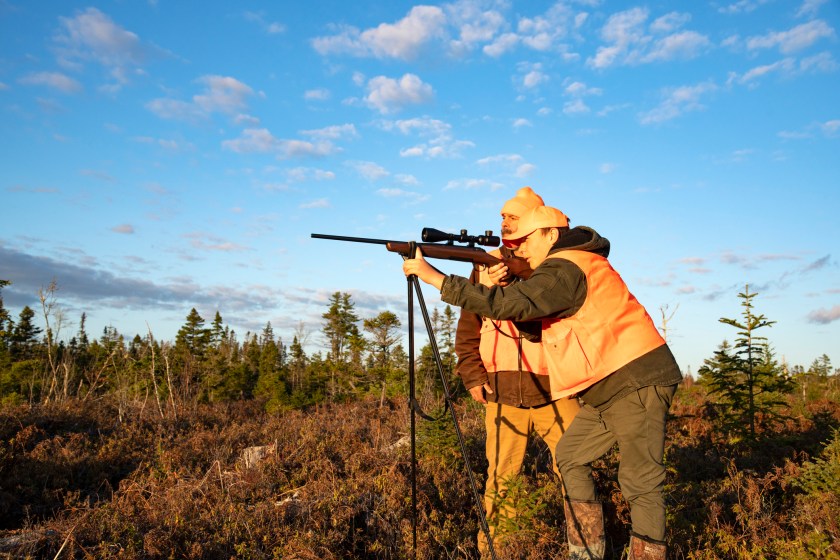
Getty Images, Fertnig
Blaze orange might not make sense to those who don't understand the way deer see colors. To humans, bright orange sticks out boldly, but to whitetail deer, it's very likely seen as a shade of gray. That's because of their inability to see the red color spectrum the way the human eye does. Deer are effectively color-blind to these shades. This is great news for firearm deer hunters, as it allows them to follow safety guidelines and not worry about being picked out due to their vibrant appearance.
It's still advisable for hunters during gun season to wear some form of camo on their limbs, just to break up the outline so you're not a solid block of gray. The combo of a blaze orange ball cap and vest with camo underneath should do the trick. However, always check the hunting regulations made by your state or province's wildlife management agency; many have rules that require a certain amount of orange.
READ MORE: Do Deer Eat Meat? Examining This Strange Phenomenon
